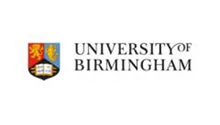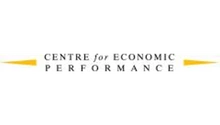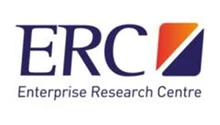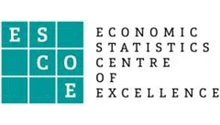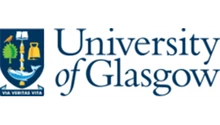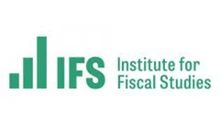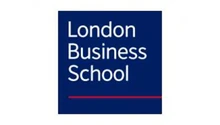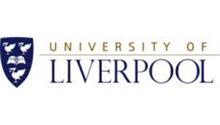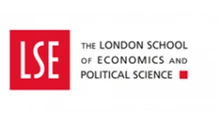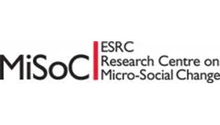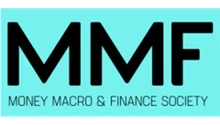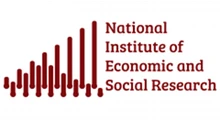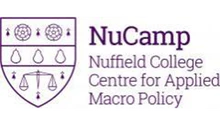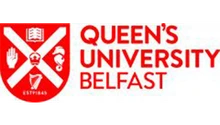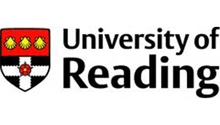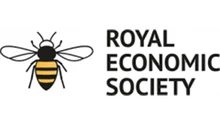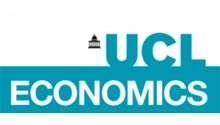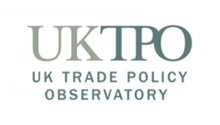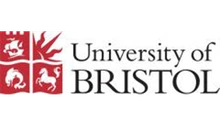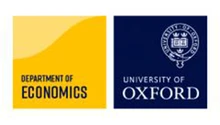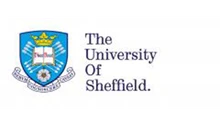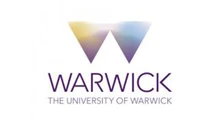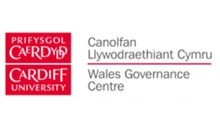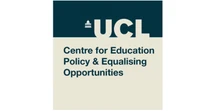Taiwan is a highly developed economy that has experienced periods of rapid growth. Policies that championed industries such as semiconductor manufacturing have contributed enormously to the island’s economic progress. Relations with China remain a big economic and geopolitical concern.
Hsinchu Science Park in the suburbs of Taipei, the capital of Taiwan, has an elevated global status. Created in 1980 to pilot a new kind of economic strategy – one in which the government invested and private enterprise innovated – seven years later, it backed one particular winner.
The Taiwan Semiconductor Manufacturing Company (TSMC) is today responsible for 8% of the island’s overall economic output and 12% of its exports. By 2023, this single company produced over 90% of the world’s most advanced semiconductors, the critical components that power the globe’s computers.
Without them – in effect, the central nervous system of modern electronics – smartphones, computers, advanced medical diagnostic equipment and other essential parts of modern life would not exist.
While China is the world’s second largest economy, Taiwan, which in 2022 ranked 14th globally in terms of gross domestic product (GDP – the total value of all goods and services in an economy), is also a significant one.
This fact, in combination with the existence of TSMC and semiconductors, means that China’s claims over the island are not just a geopolitical matter but a geoeconomic one too.
The history of Taiwan’s economic development
Taiwan did not reach its current levels of development easily. In 1949, there was precious little advanced industry on the island. What did exist was the result of half a century of Japanese rule from 1895.
The one major advantage that Chiang Kai-shek’s Nationalists had was generous US aid until the mid-1960s. This was invested in creating the initial platform for more manufacturing and industry, supplemented by a pool of inexpensive yet well-educated labour.
Over the 1960s and into the 1970s, growth reached 10% annually (Olds, 2008). By the 1970s, Taiwan had become one of the four Asian tigers of the region (alongside Hong Kong, Singapore and South Korea) – countries that all experienced rapid industrialisation and economic growth.
The greatest change in Taiwan’s economic policy occurred under Chiang’s successor – his son Chiang Ching-kuo. After Chiang the elder’s death in 1975, from 1976, the so-called ‘ten major construction projects’ began. Of these, the most prominent was the new international airport in Taizhong, near the capital.
In the 1980s, after the creation of over 160 universities and colleges of further education, Taiwan was ready for what was called the decade of its ‘miracle’, when dynamic growth, while at a lower annual percentage, was occurring in a much larger economy.
Semiconductors – an example of state and private sector collaboration
In this story of Taiwan’s economic growth, the ways in which the government and companies partnered each other were critical. Semiconductors offer a classic case study of how this process worked.
In the beginning, during the 1970s, the Taiwanese government did not see this sector as a viable one. It was regarded as too capital-intensive, demanding high levels of investment and financial support. Nor was the key technology available, which meant that it either needed to be procured from elsewhere or created after using up significant research and development (R&D) resources. Officials were reluctant to enter an area in which the Japanese, Dutch and Americans seemed well ahead.
The creation of TSMC aimed to address this quandary. It was the product of the ideas, experience and vision of Morris Chang (who was born in China, but who studied and worked in the United States until the 1980s) and Li Kwoh-ting (minister without portfolio in the Chiang Ching-kuo administration in the 1980s).
Li took semiconductors seriously – and Chang seemed the perfect man to deliver. The initial idea from Chang was to focus on the fact that there were four parts to the process of making semiconductors.
First, there was the planning and development of IC (integrated circuit) boards. Second was creating the technology to bring these into existence. Third was the actual manufacturing of them. Finally, they needed to be sold to customers.
Companies at the time tended to try to do everything. They would come up with an idea, then have to invest in the means of making it, go through the production process, and after that do the selling. But as technology advanced, it became clear that the levels of investment, and the ever-increasing specialisation, meant that it was harder and harder to do everything in-house.
Chang’s proposal was that TSMC focus only on the second and third parts of the process. As a result, there are no TSMC-branded branded goods in the world. And yet, probably every home has products with key components in them made by the company for other manufacturers and brands.
This relentless focus has made TSMC continuously profitable from 1991. By May 2025, it had become the 11th most valuable company in the world, with a market capitalisation of $972 billion. In little more than a decade, it had increased its value tenfold.
China-Taiwan relations
Just how much of a security guarantee is the existence of TSMC for the island? On this point, there is disagreement.
According to one report, ‘When it comes to semiconductors, China needs Taiwan more than the other way around’ (Cheng, CNBC, 2022). But another perspective is simply that the presence of this incredibly valuable and important technology – in a territory that China regards as its own – only makes Beijing more anxious to take the island. ‘In the current scenario, TSMC’s position makes China covet Taiwan even more’, Wu Jieh-min at the Taiwanese research institute, Academia Sinica, is quoted as saying.
The critical importance of being able to produce semiconductors is testified to by the increased US investment in producing top-quality semiconductors back home, some of it with the overt support of TSMC after pressure from the US government. Even America sees the ability to produce these on its own territory as part of its national security strategy.
For all the talk by Taiwanese officials of being protected by a ‘silicon shield’, reliance on it as an absolute guarantee of the island’s safety would be unwise. After all, an attack by China would not only smash its own source of supply but also those of everyone else. What the presence of TSMC does do is to complicate an already complex situation.
Taiwan’s economy beyond semiconductors
Taiwan is, of course, more than just the story of semiconductors, and of TSMC, despite the dominant coverage of these in the international press.
In the last two decades, Taiwanese growth has been respectable, rather than emulating the heady days of the 1960s and 1970s. From a high of 9% during the initial bounce back from the Covid-19 pandemic in 2021, over the course of 2023, it varied from 5% down to 1% per quarter. Across the year, that evened out to 1.4%, increasing to 4.6% in 2024.
Even so, with rising prices and spiralling property costs, Taiwanese people are likely to feel less secure and less prosperous today than in the previous decade, a fact that underlies much of the fractious politics on the island.
On the upside, unemployment is low, staying close to around 3%. But wages are also low and stagnating: even though there have been rises in recent years, these have been eaten away by inflation.
What’s more, people work long hours – the sixth longest, compared with 39 other developed economies in 2022. In a survey of workers in 2023, nine out of ten said that their earnings were too low, and felt that they had not seen any significant increases in recent years.
Meanwhile, inflation rose in the same year to the highest level for a decade and a half, up to 2.5%, although this did drop to 2.15% a year later.
The harsh fact is that despite attempts to diversify and find opportunities elsewhere – including through the ‘new southbound policy’, a drive to secure markets and clients in other parts of the region away from China – in good part, the Taiwanese people maintain their living standards today because of economic ties with China. Indeed, China currently accounts for around a third of Taiwan’s exports, having fallen from about 44% in 2020 (Taipei Times, 2025).
Taiwanese people live in a state of constant paradox, where the greatest source of threat to their physical safety is also the single largest guarantor of their material wellbeing. A conflict would tangibly hit the bottom line.
This is not just a situation where military issues are dominant. It is also one where, in terms of prosperity, war or argument with China would have immediate consequences. And China, of course, is all too aware of that. As in almost every other dimension when one discusses China-Taiwan relations, with the economy, things quickly revert to politics.
Where can I find out more?
- The Taiwan Story: How a Small Island will Dictate the Global Future: a book by Kerry Brown.
- What is a semiconductor, and what is it used for? Tech Target article.
- Semiconductor Industry Association: articles, policy reports and data.
- Four Asian tigers: an article from the Corporate Finance Institute.
- Taiwan’s new southbound policy: deepening Taiwan’s regional integration: Center for Strategic and International Studies report.
- National Statistics Republic of China (Taiwan).
- Chip War: The Fight for the World’s Most Critical Technology: a book by Chris Miller.
Who are experts on this question?
- Kerry Brown
- Chris Miller
- Jack Chang
- Robyn Klingler-Vidra


